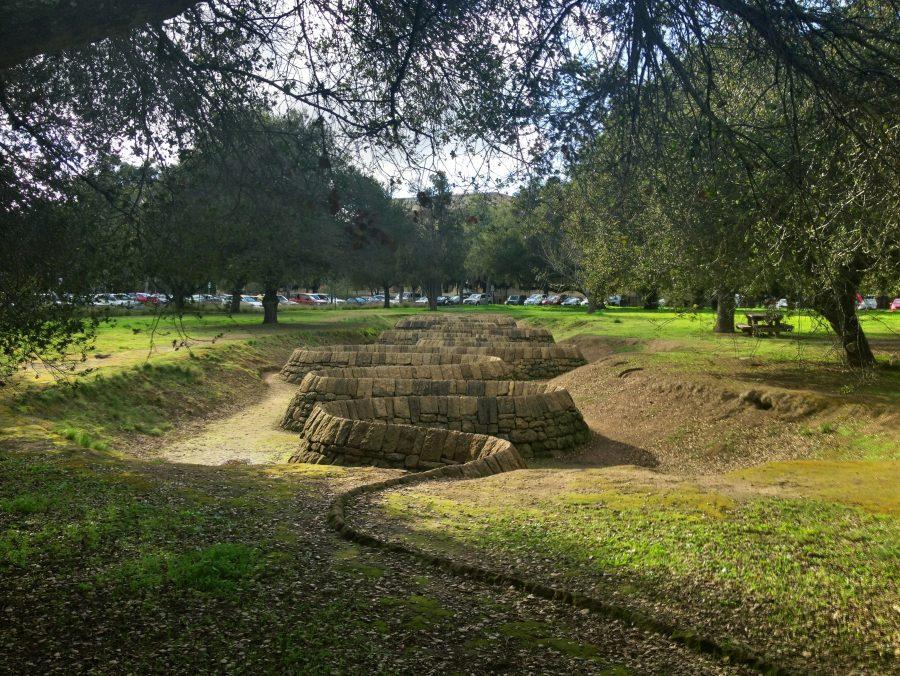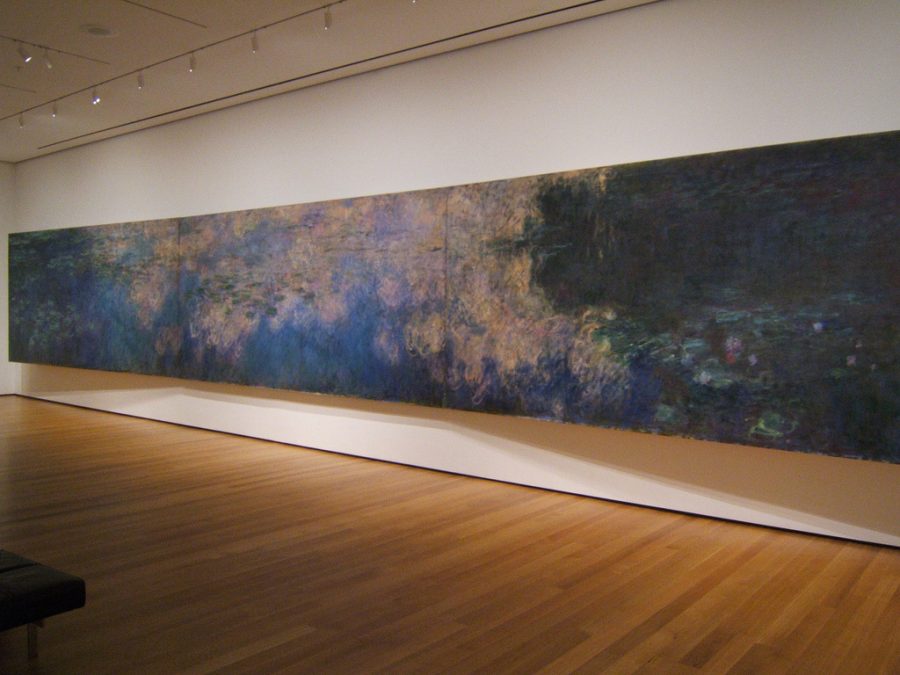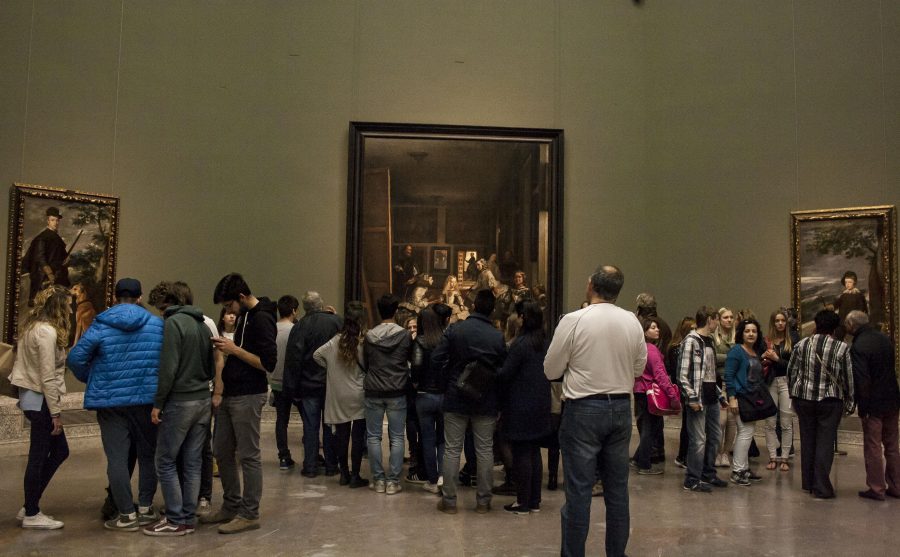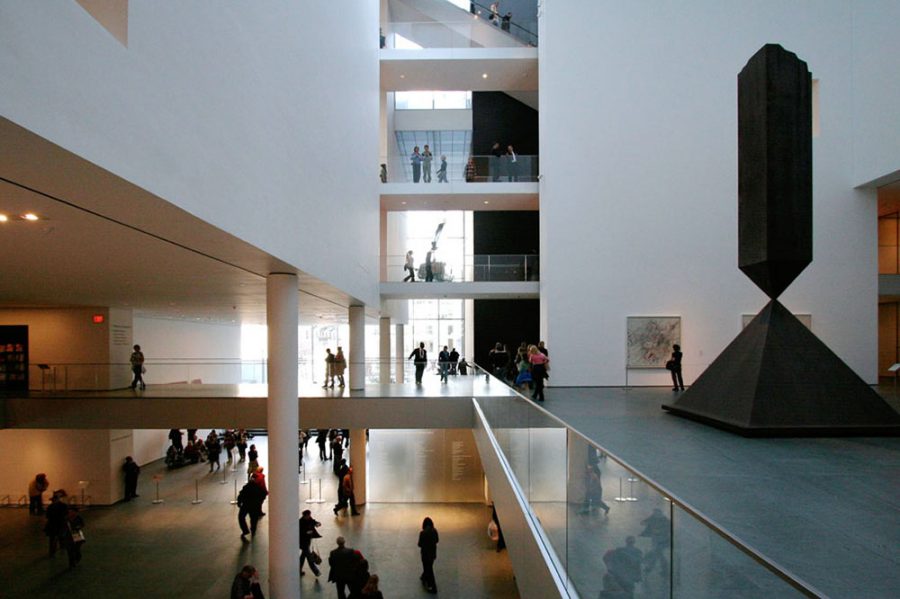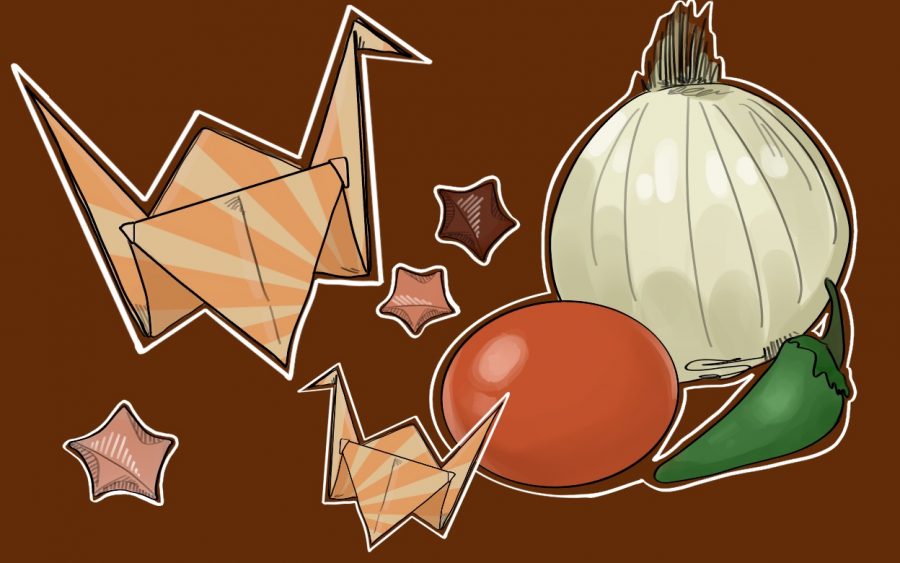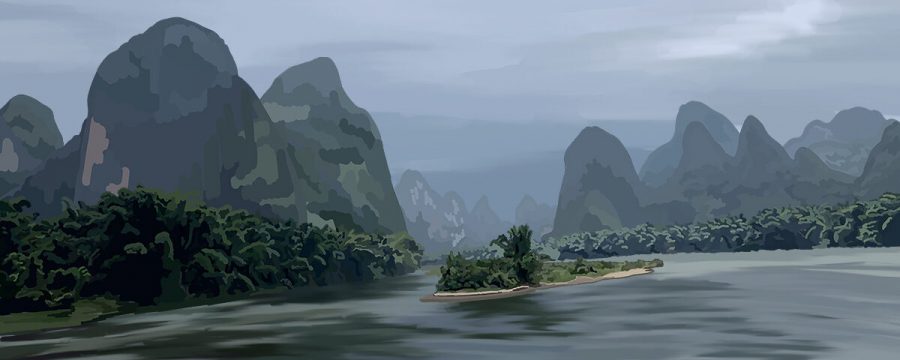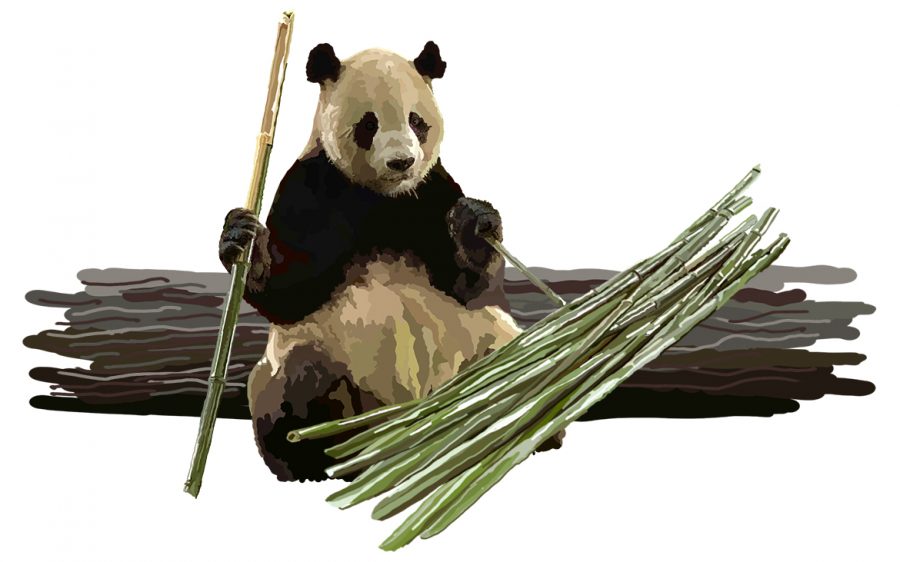During the last week of my Stanford University summer adventure, our class took a trip to the Cantor Art Center, one of Stanford’s two art museums. On our way to the museum, Bill Scott, our instructor, decided to take a detour. Before we knew it, we were standing in front of a pit the size of half a football field. Inside that pit stood a serpentine, stone structure.
“Feel free to walk around it, touch it, lay inside of it and take pictures of it as you wish,” Bill said.
Constructed by artist Andy Goldsworthy in 2001, Stone River is Stanford’s largest outdoor artwork. It stands at three and a half feet tall and is 320 feet long. The individual stones belonged to university structures that were destroyed in the 1906 and 1989 earthquakes. Altogether, the sculpture weighs about 128 tons (museum.stanford.edu).
At first glance, one might dismiss Stone River as nothing more than a continuous stack of bricks or the ruins of a building after a natural disaster. However, upon closer examination, the sculpture not only becomes a work of art, but it also gives off the appearance of an impressive archaeological excavation.
After a couple minutes of circling around the structure, I proceeded down the pit. The closer I got to the sculpture, the more majestic it became. I ran my fingers across the rough surface of the stones as I admired their imperfect yet precise shapes. As I walked along the path formed by the sculpture, I traced out its contour and continued to scrutinize its individual components. Although the sculpture was physically stagnant, it possessed a unique form of movement and of flow. Stone River, I thought. It all makes sense now. Somehow, despite its man-made nature, the structure seemed to blend into its surroundings. Grass and dirt lightly covered where Stone River meets the earth as if the sculpture grew out of the ground.
“Before we go on ahead, I would like each of you to take a photo of the sculpture at any angle. We’ll come back in the afternoon before sunset to take another picture. We’ll see if there’s something when we compare the two photos,” Bill said.
Just as he said, right before sunset, we found our way back to our first destination. I pulled up the photo of Stone River that I took in the morning and held it right in front of the sculpture.
“What are some of the differences that you see?” Bill said.
“The shadows. They’re at a larger angle, but they’re softer now, which make the sculpture seems less rocky and smoother,” someone claimed.
“The color is different too. There’s less warmth because of the lack of sunlight, but the hues of pink and purple from the sunset provide almost a calmer atmosphere,” someone else said.
“Even the surroundings change. The trees no longer cast harsh shadows onto the sculpture’s walls, which makes the parts that were hidden more visible,” I contributed to the train of thoughts.

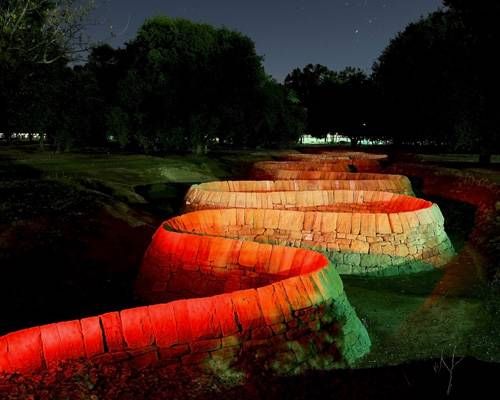
What was your first impression of Stone River? Leave a comment below!












































































